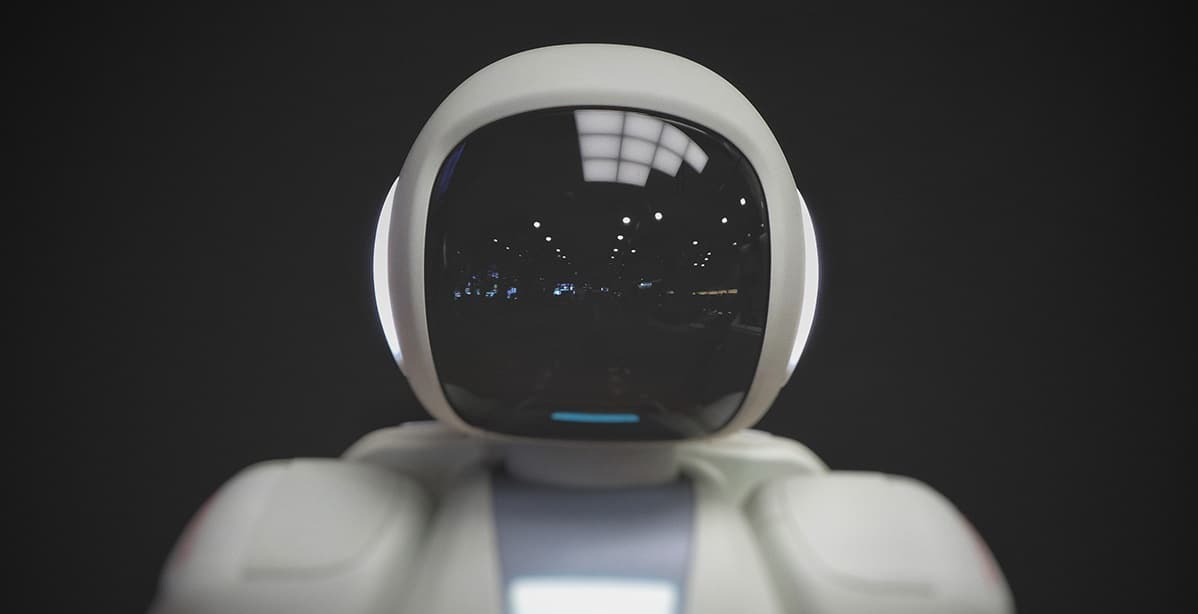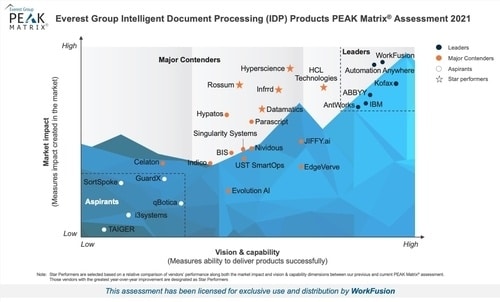Automation and robotics are hot topics in business technology. While these terms are similar, it’s not always correct to use them synonymously. Before considering either of these technologies to transform your business, you must understand not only the difference between them, but also which one would benefit your business most.
What is the difference between automation and robotics?
- Automation is the use of self-operating physical machines, computer software, and other technologies to perform tasks that are usually done by people. This process is designed to automatically follow a predetermined sequence of operations or respond to encoded instructions.
- Robotics is the design, creation, and use of robots to perform tasks. These are physical robots that substitute for (or replicate) human actions.
Again, while there are some overlaps between these two terms, they are not the same. Physical robots may be used in automation, but most robots are not created for that purpose. Here are some examples that illustrate the difference between automation and robotics:
- When a customer writes to a bank’s support team, a chatbot replies, requests additional information, and asks the customer to leave feedback at the end of the conversion. This is automation without robotics.
- When a robot assembles a car in a factory, this is automation with robotics.
- When a company provides robot pets to lonely seniors, this is robotics without automation.
Now, let’s discuss the different types of automation and the main differences between them.
Automation types: Industrial vs. Software, IA vs. RPA
Different types of automation vary in their areas of application and technologies used for implementation.
Industrial vs. software automation
When you hear the phrase “automation and robotics,” there’s a good chance that what’s meant is industrial automation. Industrial automation refers to physical processes that are automated with physical robots and special control systems. A clear example of this is a car factory with a very high level of autonomy.
On the other hand, when people talk about automation in general, they are usually referring to software automation. Software automation is used to perform tasks normally done by people on computers. There are numerous branches, types, and trends of software automation: test automation, robotic process automation, Intelligent Automation, and more.
Intelligent Automation (IA) vs. robotic process automation (RPA)
Two of the most popular terms in software automation are Intelligent Automation and robotic process automation. They are often used interchangeably, which is not entirely correct. So, what’s the difference?
Robotic process automation (RPA) is a technology that allows software robots to use an application’s user interface (UI) to mimic human actions without system modification or human intervention. Despite the name, it has nothing to do with physical robotics. This approach is effective for automating rule-based tasks that use structured digital data.
Intelligent Automation (IA) is a technology that automates a company’s business processes using RPA, business process management (BPM), analytics and artificial intelligence (usually machine learning). Unlike RPA, IA can automate complex business processes that are judgment-based (rather than rule-based) and use unstructured, non-digital data sources.
Intelligent automation (IA) combines robotic process automation (RPA) with advanced technologies such as artificial intelligence (AI), analytics, optical character recognition (OCR), intelligent character recognition (ICR) and process mining to create end-to-end business processes that think, learn and adapt on their own. Intelligent automation is sometimes referred to as intelligent process automation (IPA) and hyper-automation.

Enterprises that are leading the way in adopting intelligent automation have important lessons to share with those that aspire to capitalize on IA solutions.
These companies are achieving operational improvements and significant costs savings, with ROIs of about 200%. But, more than that, they are delivering strategic business impact over time, particularly in terms of top-line growth, creation of new business models, and decreasing time-to-market. We’ve explored in great detail not only how these companies are leveraging IA technology but also what implementation strategies are helping them achieve success far beyond their peers.
Read more in Everest Group’s Intelligent Document Processing PEAK Matrix® for 2021.
To learn more about robotics, RPA, IA, and many other topics related to automation, take this free course in Automation Academy, our online training platform: Automation Essentials.































